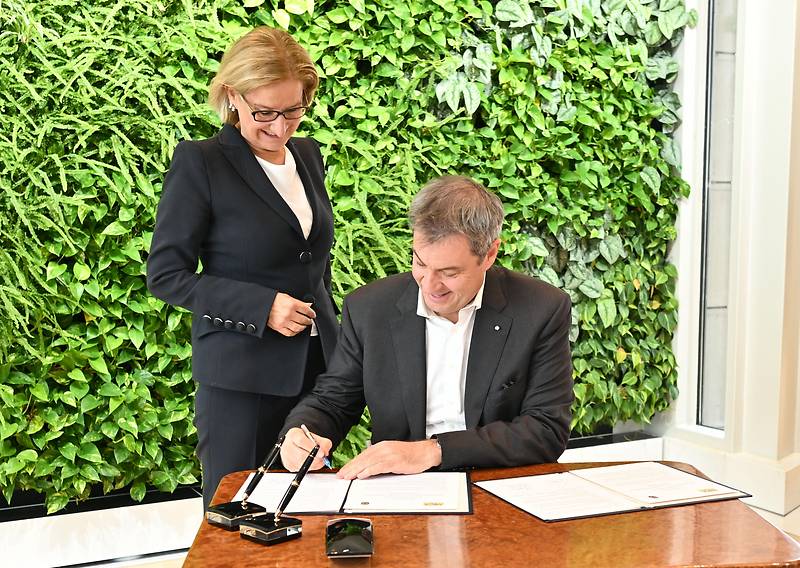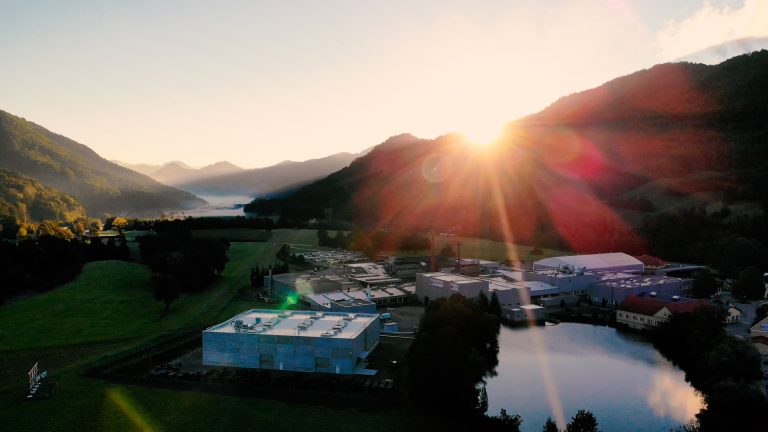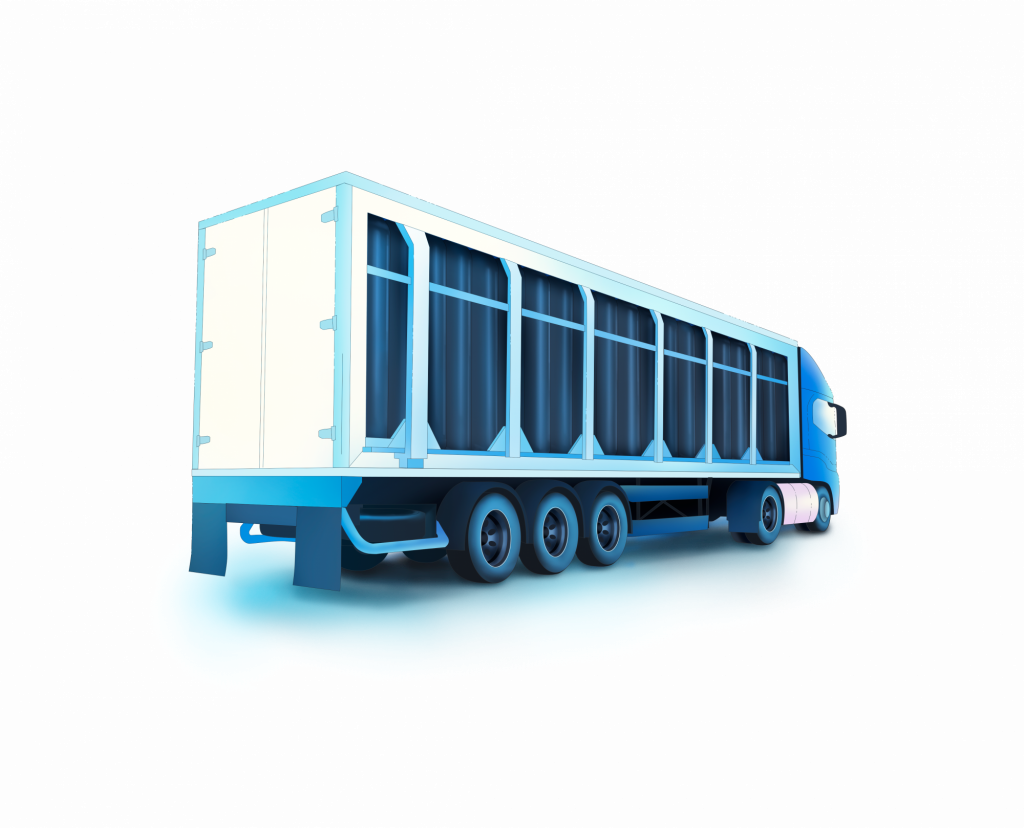November 2022, Austria– Bavaria and Lower Austria want to cooperate more closely to advance developments in hydrogen technology. An agreement was reached in Munich on Wednesday that should benefit both sides.
Climate change, gas shortage, energy crisis: there are many reasons to switch to renewable energies and reduce fossil fuels. Currently, it is mainly renewable energies such as water, wind and sun that are either used directly or kept ready via battery and buffer storage. Hydrogen, especially when produced in an ecological way, has an advantage in terms of storage and transport capability. However, it will be some time before people adopt fuel cell technology on a broad scale.

When a Lower Austrian delegation, led by Governor Johanna Mikl-Leitner (ÖVP), visited the BMW plant in Munich, it became apparent that the car manufacturer has also focused on e-cars in recent years and while meanwhile intensively researching fuel cell technology for years. Before the end of this year, the company plans to build the first small series of cars powered by hydrogen. According to the company’s management, it will be some time before the cars finally go into series production, but it should be “before the end of this decade.”
“We’ve seen that we probably can’t serve 100 percent of our customer base with battery electric vehicles. We’ve launched a lot of battery electric vehicles in the last few years, which are great products. But we are now developing hydrogen-electric vehicles as a second mainstay,” says Jürgen Guldner, who is responsible for the BMW Group’s hydrogen research program.
For hydrogen to become generally usable on a large scale, long lead times are needed, the example of the carmaker also shows. That is why the cooperation between Bavaria and Lower Austria should act as an accelerator for both sides.
Better networking of science, business, and industry
On the one hand, an exchange on a scientific and economic level was agreed on Wednesday. Because already now there are innovative products around hydrogen. For example, the company “Worthington Industries” in Mostviertel produces high-pressure containers for the volatile gas, which can be used in vehicles but also as storage tanks. The Waldviertel company Testfuchs, on the other hand, has developed an electricity generator that runs on hydrogen instead of diesel. The know-how of the companies from Lower Austria is to be networked with those in Bavaria, explains Mikl-Leitner.
The focus is on innovation in the field of technology as a whole, she says. It is a matter of “creating a platform together with business, science and industry through which scientific projects are advanced, says Mikl-Leitner.
Söder: “Lower Austria is playing a central role”
A second key point is the supply of hydrogen. If transport and industry need hydrogen, then it will also be necessary to transport the raw material via pipelines. Here, the intention is to rely on joint pipelines. Hydrogen produced in Africa, for example, could be transported by ship to southern Europe and then forwarded via dedicated pipelines. The existing gas pipelines could be adapted accordingly with relatively little effort. In this regard, Bavaria is hoping for increased cooperation with Lower Austria, according to Bavarian Prime Minister Markus Söder (CSU).
“We have agreed on an exchange of touch points regarding future hydrogen pipelines. While people in Berlin think very much from the north, we in Bavaria think from the south. We think in the direction of the Mediterranean and the Alpine region, and Lower Austria will play a very central role there. We have decided to launch our own hydrogen network in Burghausen with a connection in Lower Austria. I believe that we can develop a new axis here in terms of research and pipelines,” says the Bavarian Minister President.
The fact that hydrogen is a key technology of the future has been recognized not only in Europe. Massive investments are also being made in this technology in Asia and the USA. In order for Europe to play a leading role in this field in the future, regional cooperation is needed, as was recently the case between Lower Austria and Bavaria.
About Worthington

Worthington Industries Europe is the largest designer and manufacturer of pressure vessels in the region with over 1,600 employees working at facilities in Austria, Poland and Portugal. Worthington is the first in its industry to incorporate sustainable practices into its long-term business strategy. With the lightest composite and steel low- and high-pressure cylinders available, Worthington designs and makes solutions for technical gases, industrial gases, and alternative fuels. The Company invests strategically in production facilities that serve the sustainable mobility market with gas-storage, transport and onboard fueling systems for cars, buses, trucks and more.
Worthington Industries (NYSE:WOR) is a leading industrial manufacturing company delivering innovative solutions to customers that span many industries including transportation, construction, industrial, agriculture, retail and energy. Worthington is North America’s premier value-added steel processor and producer of laser welded products; and a leading global supplier of pressure cylinders and accessories for applications such as fuel storage, water systems, outdoor living, tools and celebrations. The Company’s brands, primarily sold in retail stores, include Coleman®, Bernzomatic®, Balloon Time®, Mag Torch®, Well-X-Trol®, General®, Garden-Weasel®, Pactool International® and Hawkeye™. Worthington’s WAVE joint venture with Armstrong is the North American leader in innovative ceiling solutions.
Headquartered in Columbus, Ohio, Worthington operates 51 facilities in 15 states and seven countries, sells into over 90 countries and employs approximately 7,500 people. Founded in 1955, the Company follows a people-first philosophy with earning money for its shareholders as its first corporate goal. Relentlessly finding new ways to drive progress and practicing a shared commitment to transformation, Worthington makes better solutions possible for customers, employees, shareholders and communities.

